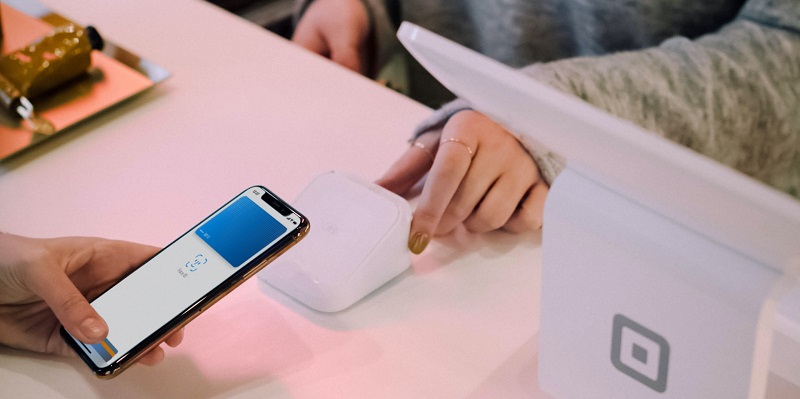In the rapidly evolving landscape of digital payments, two tech giants, Google and Apple, wield significant influence over the development of tap-to-pay technology and open banking. This article examines the stranglehold Apple’s iOS and Google’s Android have on these sectors and explores the implications for financial service providers, choice, innovation, competition, and consumer experience.
Apple’s Monopoly on Tap-to-Pay
Apple’s dominance in the smartphone market, with its iOS accounting for 55% of smartphones shipped in the US, gives the company enormous power over tap-to-pay technology. However, Apple goes beyond market share by prohibiting third-party payment apps from accessing NFC (Near Field Communication), effectively monopolizing tap-to-pay through Apple Pay. This restriction severely limits financial service providers’ access to NFC capabilities, impeding their ability to facilitate point-of-sale (POS) payments.
Google’s NFC Access
Contrasting Apple’s approach, Google’s Android operating system currently allows third-party access to NFC capabilities. However, the Consumer Financial Protection Bureau (CFPB) highlights the potential for change due to Google’s market position and its relationships with hardware manufacturers. This warning raises concerns regarding the future accessibility of NFC capabilities on Android devices, posing risks to the tap-to-pay industry and open banking.
Consequences of Choice and Innovation
The mobile device restrictions imposed by Apple and the potential changes from Google have grave consequences for choice and innovation in consumer payments. By limiting access to NFC technology, these restrictions hinder the growth of open banking and impede the development of lower-cost payment innovations. This, in turn, presents challenges for consumers seeking to make point-of-sale (POS) transactions directly from their bank accounts.
Limited Competition and Interoperability
The restrictions imposed by Apple and the potential limitations from Google restrict competition and interoperability in a world that strives for open ecosystems. The lack of access to NFC technology denies alternative mobile payment providers the opportunity to compete on an equal footing with incumbents like Apple Pay, hindering the evolution of a more competitive and interoperable tap-to-pay industry.
Apple Pay’s dominance
If Apple were to ever open access to the iPhone’s NFC technology, it would undoubtedly level the playing field for competitors. However, due to Apple Pay’s significant head start and established popularity, it would likely allow Apple to maintain its leading position in the mobile wallet industry on iOS devices. Despite a more equitable landscape, Apple’s pioneering efforts may enable it to retain its loyal user base.
Concerns of the CFPB and the European Commission
Concerns over Apple’s ability to restrict access to NFC technology on iPhones for digital wallets extend beyond national borders. The CFPB joins the European Commission in taking issue with this practice, indicative of the global implications and regulatory attention this matter has garnered. The alignment of international bodies underscores the need for increased scrutiny and regulation to ensure fair competition and interoperability in the tap-to-pay industry.
The influence of Google and Apple over the trajectory of tap-to-pay technology and open banking cannot be understated. Apple’s monopolization of tap-to-pay through Apple Pay and Google’s potential restrictions on NFC access present barriers to competition, choice, innovation, and interoperability. Striking a balance that enables the growth of open ecosystems and fosters a competitive market is crucial in unlocking the full potential of tap-to-pay technology while ensuring consumer choice and protection. Regulators and industry stakeholders must work together to promote a more inclusive, innovative, and consumer-centric approach to tap-to-pay and open banking.

